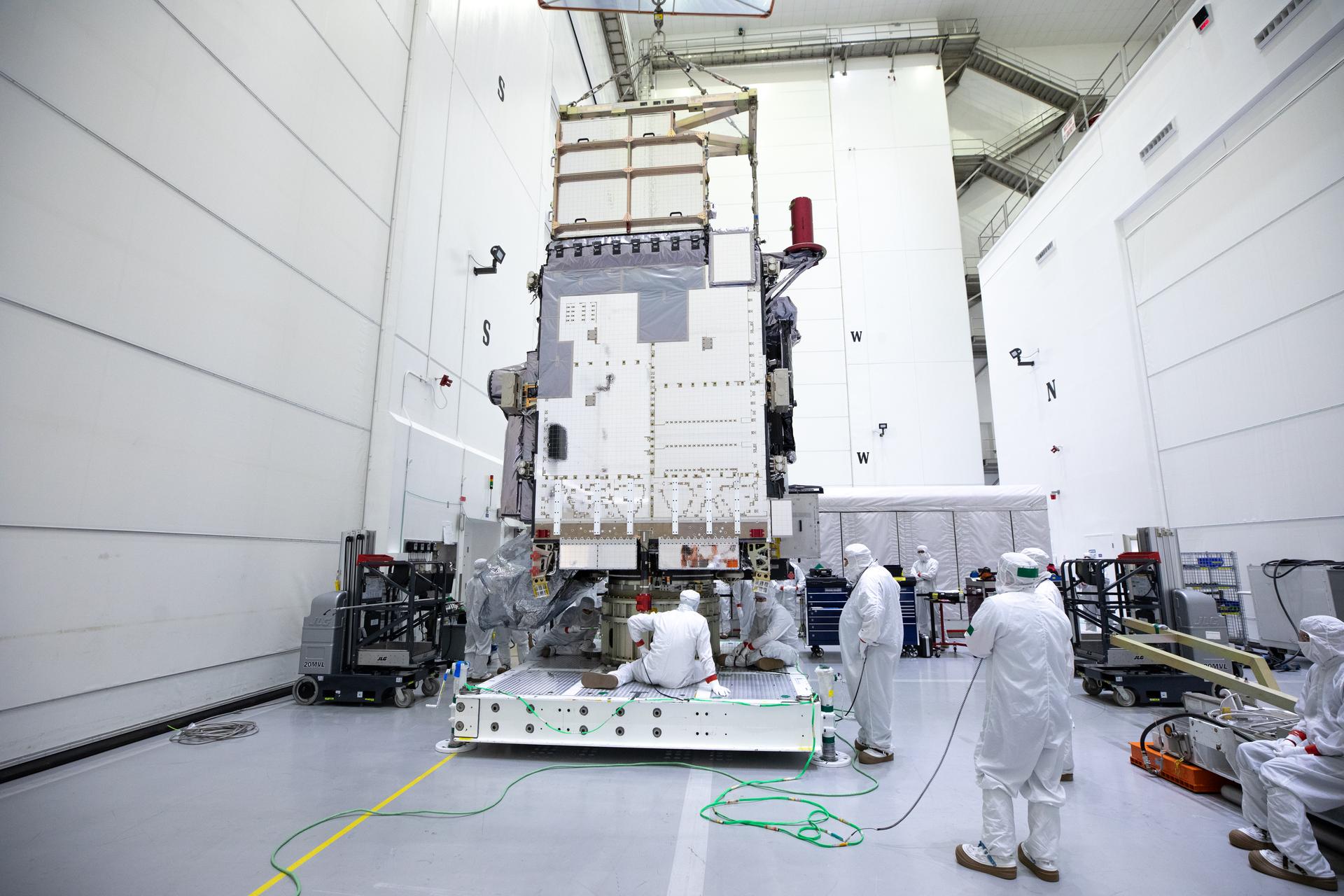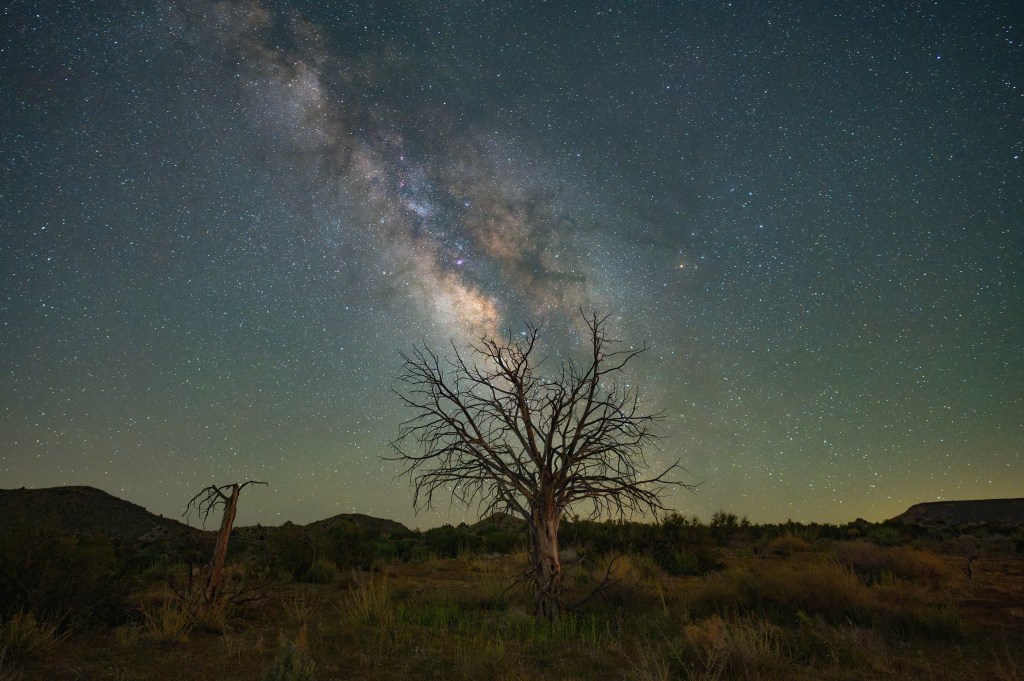NASA Invites Media to View NOAA’s Newest Environmental Satellite
NASA will host a media availability to view NOAA’s (National Oceanic and Atmospheric Administration’s) GOES-U (Geostationary Operational Environmental Satellite U) spacecraft Thursday June 6, at the Astrotech Space Operations payload processing facility in Titusville, Florida. NASA is targeting a two-hour launch window opening at 5:16 p.m. EDT Tuesday, June 25, for the launch of GOES-U […]

NASA will host a media availability to view NOAA’s (National Oceanic and Atmospheric Administration’s) GOES-U (Geostationary Operational Environmental Satellite U) spacecraft Thursday June 6, at the Astrotech Space Operations payload processing facility in Titusville, Florida.
NASA is targeting a two-hour launch window opening at 5:16 p.m. EDT Tuesday, June 25, for the launch of GOES-U on a SpaceX Falcon Heavy rocket from Launch Complex 39A at the agency’s Kennedy Space Center in Florida.
Ahead of the launch, media will have an opportunity to photograph the satellite and speak with subject-matter experts. As the fourth and final satellite in the GOES-R Series, GOES-U will continue weather observations and include a new compact coronagraph that will image the outer layer of the Sun’s atmosphere to detect and characterize coronal mass ejections.
Media interested in participating in the June 6 event must RSVP by 11:59 p.m. on Wednesday, May 29, and submit their request online at:
NASA’s media accreditation policy is available online. For questions about accreditation, please email: ksc-media-accreditat@mail.nasa.gov.
Facility Access
Due to spacecraft cleanliness requirements, this invitation is open to a limited number of media with no more than two requests per media organization. This event is open to U.S. citizens who possess an unexpired government-issued photo identification, such as a driver’s license, and proof of U.S. citizenship, such as a passport or birth certificate.
Media who attend this event must comply with cleanroom guidelines. This includes wearing specific cleanroom garments; avoiding cologne, cosmetics, and high-heeled shoes; cleaning camera equipment under the supervision or assistance of contamination control specialists; and placing all electronics in airplane mode in the designated areas near the spacecraft. NASA will provide detailed guidance to approved media.
About GOES-U
The GOES-R series has improved the detection and observation of environmental phenomena that directly affect public safety, protection of property, and the nation’s economic health and prosperity.
The advanced instruments on the GOES-R series of satellites provide images of Earth’s weather, oceans, and environment with sharper resolution and rapid-refresh imagery, as well as real-time mapping of lightning activity and improved monitoring of solar activity and space weather.
NASA and NOAA collaborate on various missions to enhance our understanding of Earth, its climate, and its environment, enhancing the safety and well-being of all humanity. NASA’s Goddard Space Flight Center in Greenbelt, Maryland, manages the acquisition of the spacecraft and instruments and built the Magnetometer instrument for GOES-T and GOES-U. NASA’s Launch Services Program, based at Kennedy Space Center, manages the launch services for the GOES missions. Lockheed Martin designs, builds, and tests the GOES-R series satellites. L3Harris Technologies provides the primary instrument, the Advanced Baseline Imager, along with the ground system, which includes the antenna system for data reception.
The GOES-U spacecraft is the last of the GOES-R Series satellites, which are planned to operate into the 2030s. Looking forward, NOAA is working with NASA to develop the next generation of operational satellites in geostationary orbit, called Geostationary Extended Observations (GeoXO). This program will provide new and improved observations of the atmosphere, weather, and ocean to help address emerging environmental issues, respond to the effects of Earth’s changing climate, and improve forecasting and warning of severe weather and hazards. NASA will manage the development of the GeoXO satellites and launch them for NOAA.
For more information about the GOES-U mission, visit:
-end-
Liz Vlock
Headquarters, Washington
202-358-1600
elizabeth.a.vlock@nasa.gov
Leejay Lockhart
Kennedy Space Center, Florida
321-747-8310
leejay.lockhart@nasa.gov
What's Your Reaction?



















.jpg?#)

































